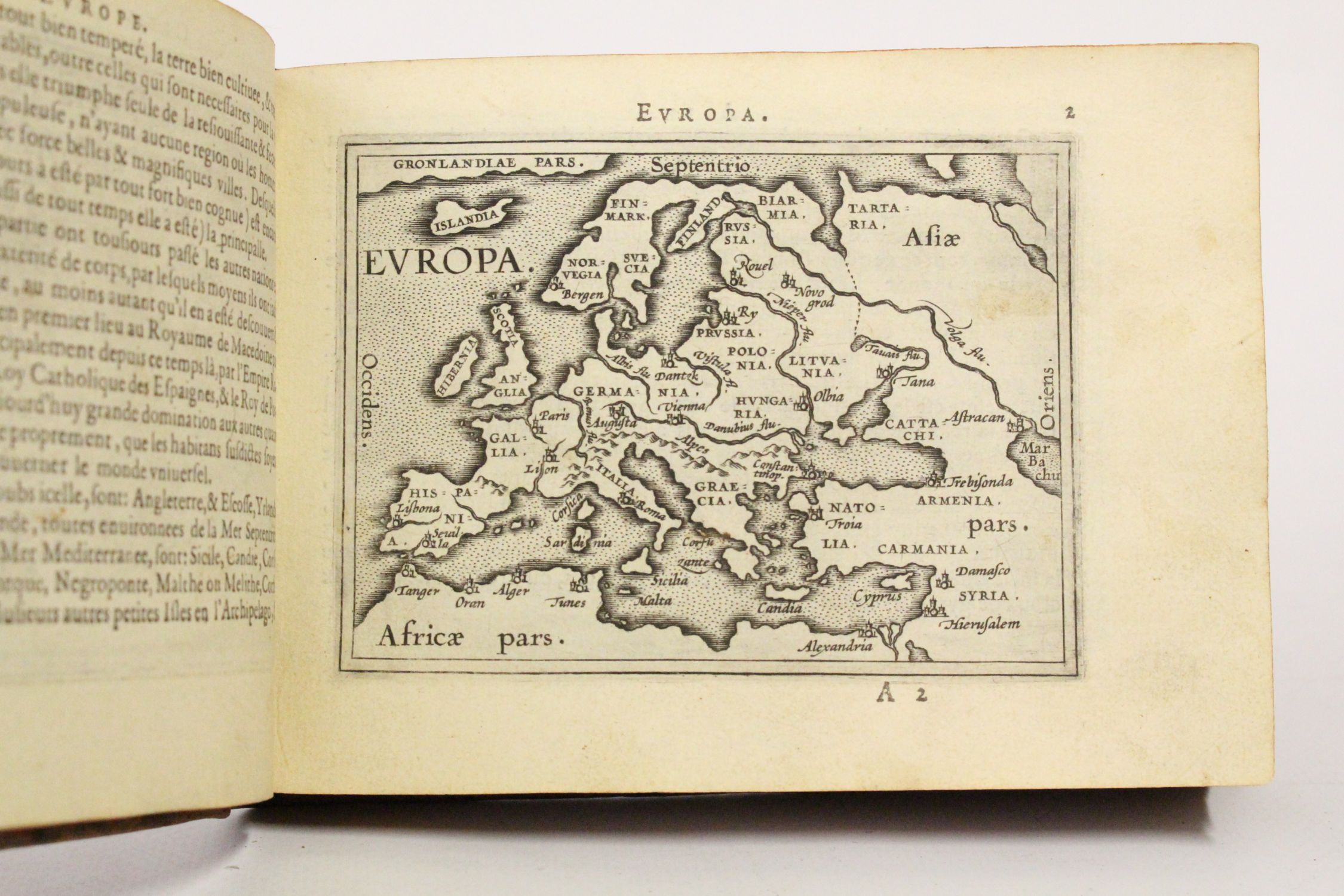

In addition, he travelled a lot and visited Italy and France, made contacts everywhere with scholars and editors, and maintained an extensive correspondence with them. Luke as an "illuminator of maps." Besides colouring maps, Ortelius was a dealer in antiques, coins, maps, and books, with the book and map trade gradually becoming his primary occupation.īusiness went well because his means permitted him to start an extensive collection of medals, coins, antiques, and a library of many volumes. He learned Latin and studied Greek and mathematics.Ībraham and his sisters Anne and Elizabeth took up map colouring. The maker of the 'first atlas', the Theatrum Orbis Terrarum (1570), was born on 4 April 1527 into an old Antwerp family. There is also a prudent comment adjacent to New Guinea querying whether this large island is part of the southern continent or not. South America retains the unusual bulged south-west coast drawn by Mercator.
#Ortelius abraham epitome of the theater of the world crack#
So, even if the market for the atlas was not as learned as for the large atlases, this title-piece reminded the purchaser that the smaller-format edition was not without scholarly credentials.Early issue of Ortelius' world map (before the crack of c.1576), based on Mercator's large world map of 1569.įrom surviving correspondence it is known that Mercator generously encouraged Ortelius to make use of his published corpus of research he also provided him with co-ordinates of places in America and perhaps elsewhere. It also had a striking new, engraved title page that featured portraits of Mercator, Ortelius, Ptolemy, Strabo, Pliny, and Volaterranus as well as a globe pair and compass, and classical figures personifying geography and hydrography. The Keerbergen edition provided a new text by Michel Coignet (1549-1623), who is also known for maritime works. Vrients would re-publish both editions of the Epitome several times.

Both Galle in 1601 and Keerbergen in 1604 sold out to the powerful publisher, Jan Baptist Vrients, who was by then publishing the large-format Ortelius atlas as well. Both were very successful so much so that Keerbergen published in 1601 a competing edition with its improved engraving and its maps now including border grids for latitude and longitude. The first edition of the small-format Ortelius, often called the Epitome, appeared in 1577 and was published by Filips Galle, who later produced a new edition with re-engraved maps in 1588. Because the market for these pocket editions was less scholarly than that for the folio editions, their texts were most often in vernacular languages rather than Latin as noted, our atlas was the first Keerbergen edition in French.

And of the four editions of the reduced-format version of the Ortelius atlas, this one published by Keerbergen is considered the best engraved. The reduced-format editions of Ortelius’s great atlas were the first instances of publishers offering a much less expensive alternative to a large atlas. Toned, damp staining in bottom margins of early quires, staining at bottom right of final leaves, still a very good, genuine copy. Oblong octavo (5 x 6 ½ inches 12.8 x 16.8 cm.) in original limp vellum binding. Antwerpiae Sumptibus Ioannis Keerbergii Anno M. L’Epitome Du Theatre De L’Univers d’Abraham Ortelius: Nouvellement recogneu, augmente, et restaured de meseur Geographique, par Michel Coignet Mathemat.


 0 kommentar(er)
0 kommentar(er)
